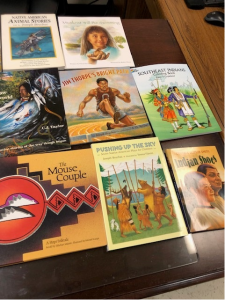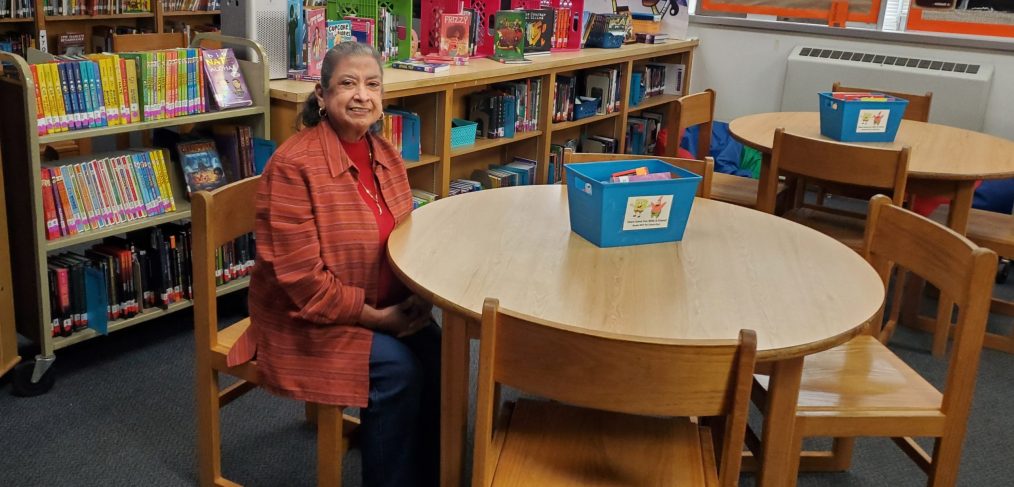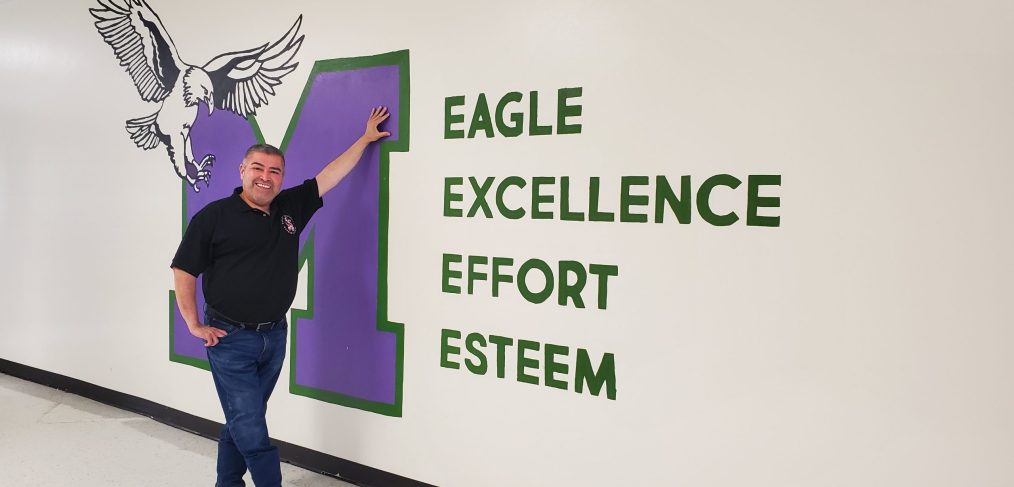Dallas ISD substitute teacher Carolyn Galvan loves being a substitute teacher, and students love her being there. Students come up to her and give her a fist bump or a hug, and she knows them by their first name. Team members say she lights up a room when she enters.
Galvan says many of her students treat her like family, as she offers compassion and understanding in the classroom, no matter what kind of day the student is having. She feels appreciated at Henry W. Longfellow Career Exploration Academy, which is how the National Education Association hopes that all substitute teachers feel.
As part of American Education Week, the NEA established National Subsitute Teachers Day on Friday, Nov. 17, to highlight the contributions of substitute teachers and to set aside time for appreciation of the vital role they play in the maintenance and continuity of daily education.
Amber Bonasso, a teacher at Longfellow Academy, where Galvan is often a substitute teacher, says Galvan is not only celebrated by the students when they hear she is going to be subbing in for their class, but is such a source of encouragement to the teachers.
“She is wonderful and can always be counted on,” Bonasso said. “She communicates with the teacher really well and makes the students feel cared for. We love Ms. Galvan at Longfellow!”
Galvan has a long history teaching for the district. She began her journey with the district in 1990 as an eighth-grade English and Reading Language Arts teacher at Dallas Environmental Science Academy. She then became an instructional coach for the reading department, traveling to several campuses—from Oak Cliff to North Dallas, she said. After changes in the department, she went back to teaching at Thomas J. Rusk Middle School as an English Language Arts teacher and as a campus instructional coach.
Due to personal illness, Galvan said she had to slow down and temporarily leave teaching until a friend suggested she become a substitute teacher. After being out for a few months, she ventured back into the classroom. Galvan says it was her love of teaching that brought her back into the classroom in this role.
“I love being with students, and I had missed them,” Galvan said. “I’m always learning from them, and I think they keep me young.”
With her years of experience, Galvan has tips to share with fellow substitute teachers as well as others who are considering going into this field. According to Galvan, being prepared for the unexpected is key. She said she has been very fortunate to substitute in classes where teachers leave very detailed notes, but that last minute emergencies can happen where the teacher might not always have the ability to leave the lesson plans. Something unexpected could also mean a fire drill–so knowing the school’s safety plan is a good idea, she said..
If it’s your first day substituting at a new school, she recommends coming in early to read the classroom teacher’s notes. The teachers will also let the substitute know if there are students who have special needs. Galvan also recommends taking a look at the bell schedule and seeing what the day looks like, as well as introducing yourself to the teachers that are nearby, who are almost always willing to help if need be.
Her most memorable moments as a substitute teacher are the little things, Galvan said. For example, a few weeks ago, a student knitted a scarf for her in purple. The student had remembered Galvan mentioning that purple was her favorite color. Another student gave her a card that read “to the best sub.” These are the moments that she treasures the most.
Some of her former students have become Dallas ISD teachers, and Galvan says she is always happy when they come up to her and remember her and share with her what they cherished about the times when she was their teacher.
“That’s what keeps me going—knowing that I had a role in where they are. I love being part of their lives,” Galvan said.
More than anything, Galvan wishes for her students to never give up in the classroom or in life.
“I want them to be successful, to be happy, to be passionate and to be able to overcome any obstacles and to keep on trying,” she said. “Even through the stumbling blocks and obstacles, I want to motivate them to keep on going.”





 November is Native American and Alaska Native Heritage Month, and libraries across the district at elementary and middle schools will be getting books with Native American themes.
November is Native American and Alaska Native Heritage Month, and libraries across the district at elementary and middle schools will be getting books with Native American themes.






